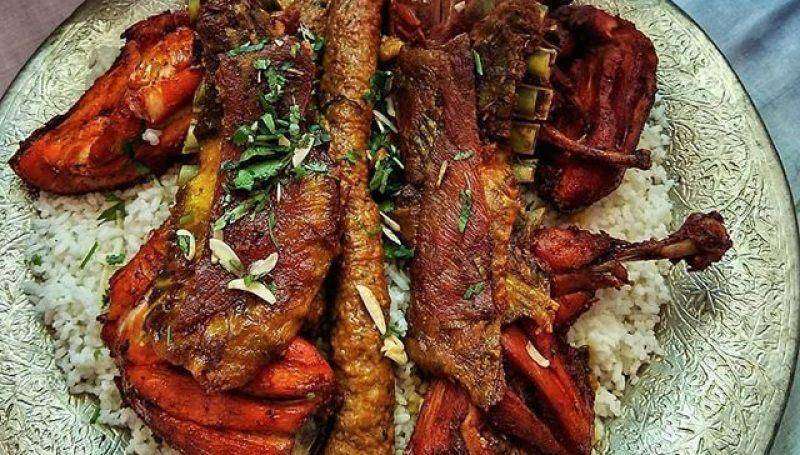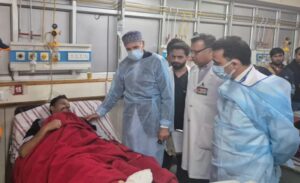If you think Kashmir is just about the mesmerizing geographical views then you definitely missed the beauty it serves you on the plates. Valley gives you the most fantastic and delicious multi-course cuisine of the world “wazwaan”.
It is considered an art and a matter of pride in Kashmiri culture and society. Usually prepared during weddings or special occasions its tempting smell will leave your mouth watering.
‘satte sen’ (seven feasts), the Kashmiri translation of wazwaan is basically the collection of 7 non-vegetarian dishes prepared in different ways. It is a Central Asian feast that was introduced in Kashmir during the Muslim rule. The fact that the region was ruled by Hindu rulers for more than 4000 years kept non-vegetarian food unfamiliar but with the dominance of Muslim rule few non-vegetarian dishes were introduced.

Gradually people kept on adding different features to feast like “trami” a big round-shaped plate which can host four people together.
Also Read: Covid-19 dealt a death blow to tourism sector in Jammu, Kashmir and Ladakh
Over the period of time with Kashmiri society faced various changes from cultural variations to economical upliftment. These changes have laid impact on this feast; new varieties were added to the original seven dishes feast. According to many Kashmiri poets and social activists, this has altered the essence of wazwaan.
Originally, wazwaan had seven dishes namely- kebab, Tabak Maaz, Daniwal Korma, Methi, Rogan Josh, Abe Gosh and Yakhni. Then in the later stages Goshtaba, Rista and chicken were added.
The servings are properly allocated for both men and women; 1.5 kg non-veg was served for the ladies and 250 more than this was served for men. A special trami meant for the bridegroom is served with 2 kg non-veg and chicken. This surplus amount is hard for a single person to finish so rather than wasting people used to carry it away home which became a part of Kashmiri culture to give polythene to take away the food.
Also Read: Paragliding can sustain tourism in Sanasar, Bhaderwah and other parts of Jammu
But the feast has witnessed a number of changes since its birth. Today it has more than 25 varieties in diluted form. Now it has become more expensive and a symbol of luxury rather than tradition.
Many people claimed that consuming wazwaan has become a health hazard due to the addition of many chemicals and spices to give it a fancy look. With changing time due to lifestyle change number of health ailments have increased like diabetes, heart disease, fatty liver, etc eating habits affect the most.
The raising concerns of people led government’s decision of guest control to which many people are not happy. According to them, it is a direct interference in their lives. Syed Murtaza Rizvi, a senior journalist said, “those who are blessed with wealth can afford no interference from any institution.”
Similar views are shown by most of the residents. Wazaa’s (cook) believe that this might affect their business.

Despite the mingling controversies, this delicious cuisine is something you can’t resist. The whole of it is cooked on ‘wuri’ (firewood stove train) in large and small copper cauldrons known hereby the name of ‘Daeg and Degchi’. There is a set way of cooking, serving and then finally relishing its love. Although tradition seems to lose its hold but it’s not lost. The originality of such things keeps a society rooted and intact with the generations.



